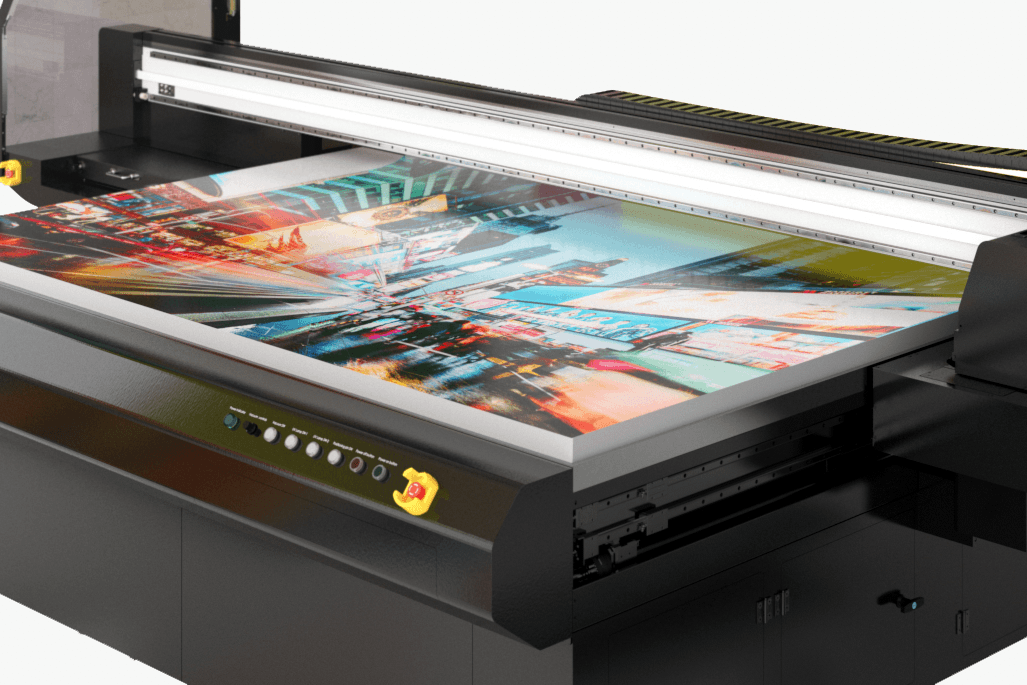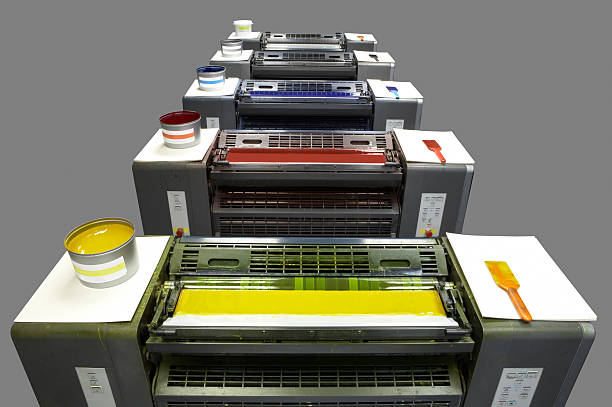How litho printing Delivers Crisp and Vivid Prints
Wiki Article
A Comprehensive Overview to Recognizing Litho Printing Strategies
The globe of litho printing, a technique stemming from the late 18th century, is an interesting blend of history, art, development and scientific research. Keep with us as we journey right into the exciting world of litho printing.The Historical Evolution of Litho Printing
The historic trajectory of litho printing, an essential technology in the realm of interaction, is a fascinating tale of human ingenuity. Birthed in the late 18th century by Alois Senefelder, this strategy was originally an affordable approach of releasing staged jobs. Lithography, stemmed from the Greek words for 'stone' and 'to write', made use of a smooth stone surface area to transfer photos onto paper. The process developed with the introduction of the rotating press, which substantially increased performance (litho printing). In the 20th century, the technology of offset lithography revolutionized the sector, permitting mass production of top notch prints. Each phase of litho printing's evolution showcases humankind's unrelenting quest of efficiency and high quality in visual communication.Translating the Scientific Research Behind Litho Printing Inks
Moving on in the exploration of litho printing strategies, the emphasis currently moves to the science behind litho printing inks. The structure of these inks, their drying out process, and color mixing methods form the foundation of this complicated art kind. Recognizing these components is essential to grasping the craft and achieving the desired print outcomes.Make-up of Litho Inks
In lithographic printing, the basic role of litho inks can not be overemphasized. Pigments, the color-providing components, are finely ground fragments suspended in the lorry, a liquid that lugs the pigment onto the printing surface. Each component plays a vital part in the last print's quality, making the exact formula of litho inks an intricate science.Ink Drying Refine
From the make-up of litho inks, attention transforms to the remarkable process of ink drying out. Two main methods are utilized in litho printing: oxidative drying and absorption. Absorption, on the various other hand, involves the ink permeating right into the paper fibers, which is a quicker procedure but can lead to much less vibrant colors.Color Mixing Methods
While the drying procedure plays a key duty in litho printing, the science of color mixing techniques holds equal relevance. This is a complicated process that entails the cautious mixing of key shades: cyan, magenta, and yellow, in varying proportions to attain a large selection of shades. The enhancement of black ink, called 'essential', assists in regulating the strength and depth of the colors. The scientific research behind litho printing inks also considers the openness of the ink, which impacts exactly how shades overlay and mix. To attain a reliable shade mix, print experts should additionally recognize the details of ink habits, shade theory, and the physical buildings of the substratum on which the ink is used.The Art and Layout Components in Litho Printing
Litho printing breathes life right into art and design with its one-of-a-kind elements. The procedure includes creating a photo on a lithographic limestone plate or steel plate with a smooth surface area. The image is after that published onto a medium, usually paper, by transferring the ink from the plate. What collections litho printing apart is its ability to reproduce elaborate layouts with high fidelity, making the output nearly similar to the initial art work. This is attained with using various line strategies such as stippling, hatching, and cross-hatching, which permit a series of tonal results. In addition, litho printing click accommodates a variety of shades, making it possible for artists to create vivid and dynamic prints. This mix of precision and flexibility makes litho printing a recommended choice for lots of artists and developers.Modern Applications of Litho Printing Techniques
Litho printing strategies have actually located considerable usage in the contemporary industrial sector. Its impact and value remain to grow with the arrival of brand-new technologies and technologies in the field. This area will check out these contemporary applications and the transformative role they play in the printing market.
Business Litho Printing Makes Use Of
Litho printing continues to be an important component of the business field. High-volume printing jobs, such as the manufacturing of publications, newspapers, and product packaging, rely on litho printing for its capability to deliver exceptional picture top quality and cost effectiveness. Litho printing likewise offers a wide color range, superior to that of electronic printing.Advancements in Litho Printing
Pushing the limits of conventional strategies, contemporary advancements have sustained a host of innovations in litho printing. These innovations have not just enhanced the quality and performance of litho prints yet additionally increased its application scope. One noticeable advancement is electronic litho printing, which incorporates the merits of electronic innovation with litho's premium outcome. This crossbreed model provides faster setup times, reduced waste, and allows on-demand printing. One more remarkable development is the intro of eco pleasant inks. These inks, made from veggie or soy-based options, have actually considerably minimized the market's ecological effect. litho printing. Furthermore, the growth of sophisticated plate innovation has streamlined the printing procedure, leading to sharper photos and boosted color integrity. These advancements emphasize the enduring importance of litho printing in the modern globe.Exploring the Refine of Litho Printing: Detailed

Difficulties and Solutions in Contemporary Litho Printing

In spite of the precision and practice that litho printing proudly maintains, it is not without its collection of contemporary obstacles. Digital litho printing permits for cost-effective short runs and easy personalization, addressing the issue of variable information. Thus, while there are challenges, the litho printing sector is proactively adjusting to satisfy them head-on, ensuring its importance in the future.
Conclusion
Finally, litho printing, with its abundant history and scientific details, holds a substantial place in the print sector. As the overview reveals, it's a synthesis of art and modern technology, with modern advancements ensuring its significance. The industry faces difficulties that call for innovative services, with an emphasis on automation and sustainability. The future of litho printing hinges on its capability to adjust to these transforming needs, verifying its long-lasting worth in an evolving market.
Report this wiki page